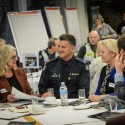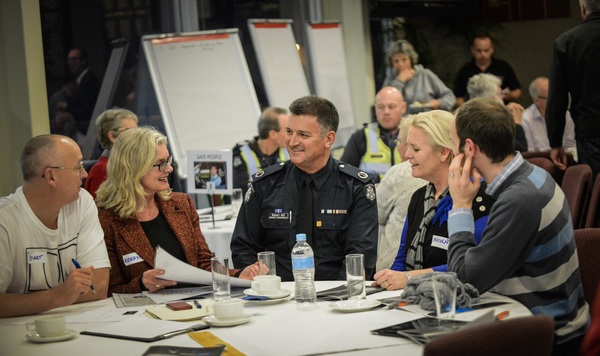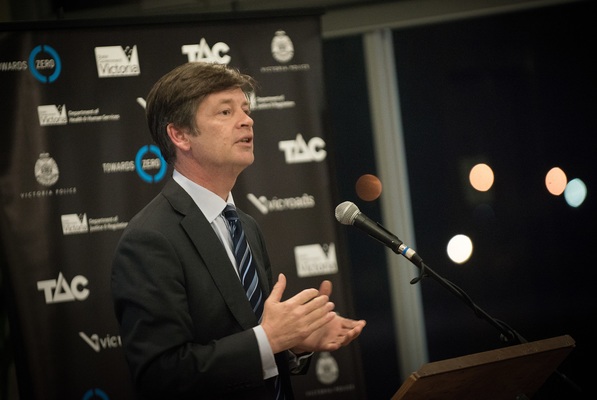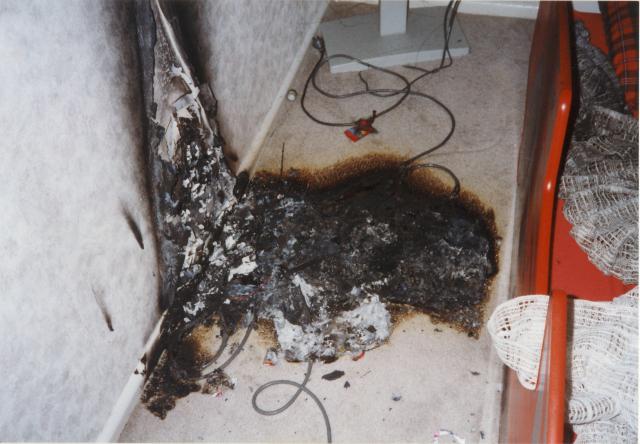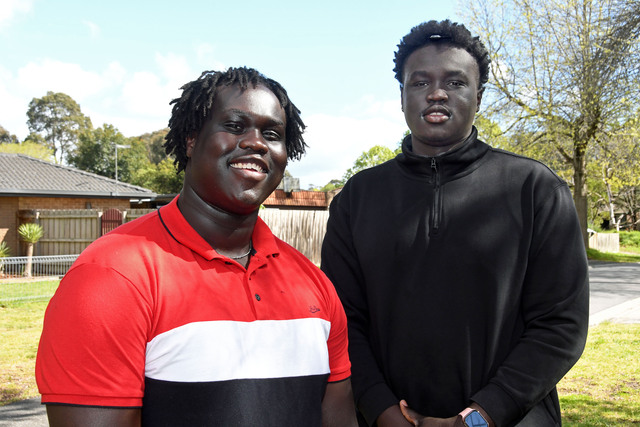By GEORGIA WESTGARTH
EVERY two hours a person is killed or hospitalised on Victorian roads, and last week Casey residents spoke out on the scourge.
Road safety experts and Casey residents discussed ways to reduce Victoria’s road toll to zero a part of the State Government’s Toward Zero initiative.
On Wednesday 17 June more than 70 people accepted the government’s invitation to a sit down talk and brainstorm on the increasing road toll.
The Towards Zero campaign aims to bring the road toll down to 200 in 2020 from 249 last year.
On the night, Minister for Road Safety Luke Donnellan compared the 1061 deaths in 1970 to today’s data and said there had been significant improvements.
“We have dealt with drink driving to seat belts but need to bring the community along with us if we want to beat 249 deaths on our roads,” he said.
A record low in 2013 of 243 deaths means the road toll has increased by 2.5 per cent and Victoria Police Assistant Commissioner Richard Hill said that figure was going the wrong way.
“We’ve got to have safer drivers, driving safer cars on safer roads and driving at safer speeds,” he explained to the crowd of 75.
Mr Hill identified three key areas of concern – vulnerable people including motorcyclists, cyclists, pedestrians, P-plate drivers and older drivers, roads that pose greater risks such as rural roads and drivers that take more risks including drink and drug drivers.
Residents expressed their concerns to road safety expert David Healey, director of Road Safety Strategy at Vic Roads Antonietta Cavallo and Mr Hill in a question-and-answer session.
Nancy Gardiner from Road Safe South East asked the panel members what they are going to do about older drivers’ road rule knowledge.
“I want to see more road safety forums in local areas, many of the older drivers that attend my programs aren’t aware the older driver handbook is even available, and don’t know all the things they need to know to be driving on the road,” she said.
Ruth from Fit to Drive was concerned that the general public was equipped with inaccurate statistics and information and felt that this was causing them to disregard road rules.
“The level of awareness is missing from the community,” she said.
One male participant asked where the Department of Justice was on the panel and got a roaring response from the crowd, saying many people feel the system is letting them down.
Another item raised was the issue of teenage awareness in road safety.
“What are you doing to get 18 to 25-year-olds engaged – given their impact of 20 per cent in road trauma,” they asked.
Mr Hill discussed the sadness he faced every day when he was told of another death on Victorian roads and said issues such as an ageing population, growth in the freight industry, technology and the drug ice were key hurdles.
“The reality is police can’t keep up with ice-affected drivers, and if I pulled up every driver I saw using a mobile phone I wouldn’t get to work,” he said.
Ms Cavallo from VicRoads enlightened the crowd on just how dangerous driving is.
“Driving is the simplest, most risky activity we take on every day and we want to share our findings with the public more often,” Ms Cavallo said.
After question time, panel members discussed ideas and concerns with people individually.
“If Victoria matched the performance of the world’s best countries now, we would have 80 fewer deaths on our roads every year,” Mr Donnellan said.

